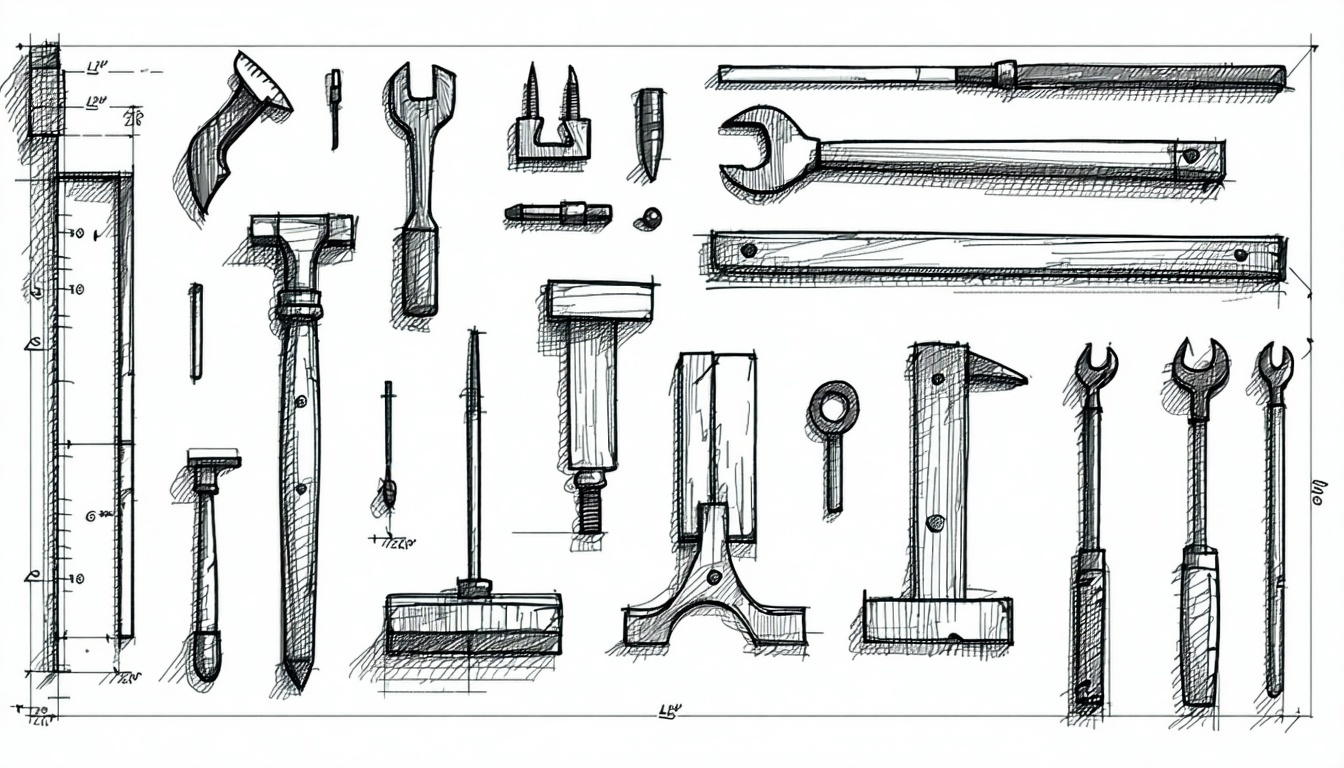

Table of Contents
A growing conversation in customer education circles revolves around where the function should sit: Marketing, Product, Success, or L&D. While that’s an important discussion, this post focuses elsewhere. It’s about what we can learn from our peers in marketing to drive learner growth.
Regardless of your org chart, if you're leading a Customer Education program, learner acquisition is your growth lever. It's time to treat it with the same strategic rigor marketers use to generate pipeline.
Let’s look at five proven, marketing-inspired strategies customer education teams can adopt to expand their reach and grow learner engagement.
1. Become Relentlessly Data-Driven
Marketing teams don’t guess. They test, track, and optimize. Customer Education teams should do the same.
With your education content primarily online, you have access to rich behavioral data: page views, signups, completion rates, and learner feedback. Start here:
-
Track conversion rates from page views to sign-ups, completions, and certifications.
-
Identify top-performing acquisition channels, such as blog posts, in-app prompts, email campaigns, or LinkedIn.
-
Monitor engagement trends by format, time of day, and learner segment.
Too many Customer Education teams operate without visibility into what’s working. They report on vanity metrics like the number of courses launched but not on outcomes. Your data tells the story. It reveals which efforts are working and where to improve.
Start small: track the basics, build benchmarks, and commit to monthly reviews. Every insight is a growth opportunity.
2. Optimize for Conversions at Every Step
If your goal is learner growth, then every stage of your education funnel matters.
Think like a marketer. Where are people dropping off? Where does intent stall?
Funnel Example:
Page views → Course registrations → Course completions → Certifications issued
Each stage is a conversion opportunity. You can improve them:
-
Boost registration page performance
-
Is the value of the course clear?
-
Do you highlight outcomes and learner success stories?
-
Is the call to action compelling and easy to act on?
-
-
Increase completion rates
-
Use reminder emails based on behavioral data.
-
Set expectations about time and pacing upfront.
-
Send nudges or progress reminders if learners go inactive.
-
-
Raise exam pass rates
-
Review frequently missed questions and align them better with the course content.
-
Offer retake guidance and supportive messaging.
-
Send study resources and retest prompts after a failed attempt.
-
Improvements at each step compound and help more learners successfully complete your program.
3. Strengthen Your On-Page SEO
Customer Education teams often overlook one simple fact: course pages are part of your website’s growth engine.
On-page SEO ensures your content is not only valuable but also discoverable. It helps learners find your content organically.
Focus on:
-
Clear page titles and meta descriptions
-
Keyword-rich headers and course descriptions that reflect search intent
-
Mobile optimization and fast load times
-
Internal linking from high-traffic areas of your website
These tactics are not just best practices for marketing. They are critical for helping the right learners find the right content at the right time.
4. Collaborate with Marketing to Drive Growth
If your marketing team is a well-oiled machine, find ways to tap into their momentum.
At HubSpot Academy, one of the most effective strategies was embedding course links into top-performing blog posts and product pages. This connected high-intent traffic to relevant learning experiences.
Ask yourself:
-
What website pages bring in the most traffic?
-
Where would a course or certification be a helpful next step?
-
How can we work together on campaigns that tie education to business outcomes?
Customer Education adds value to Marketing. Working together, you can align on goals like acquisition, engagement, and product adoption.
5. Look Beyond Internal Channels
Marketing teams do not rely solely on internal traffic. They actively build new pathways to attract attention and drive demand. You should too.
Try these approaches:
-
Reach out to “best of” course lists in your industry and ask to be included
-
Publish thought leadership on Medium or LinkedIn and link to your course pages
-
Feature influencers or experts in your content and encourage them to share it
-
Create a newsletter or contribute to industry roundups
-
Turn course content into podcast episodes, webinars, or guest blog posts
When you think like a growth marketer, you discover more ways to reach your target audience and scale your impact.
Final Thoughts
Customer Education is more than course development. It is a strategic function with the potential to drive business growth. The best programs borrow tactics from marketing, product, success, and sales to increase their reach and effectiveness.
If you want to grow your learner base this year, adopt the mindset and methods of high-performing marketing teams. Use data, optimize every touchpoint, prioritize distribution, and collaborate across departments.
What we do at SaaS Academy Advisors
We work with high-growth B2B SaaS companies to build and scale Customer Education programs that drive measurable business outcomes. If you're launching or expanding your Academy program, we’d love to see if we can help.
Dig deeper

Join the conversation with other SaaS education leaders. Share your insights or ask a question.

Explore the templates and frameworks we recommend to put these ideas into action.

Keep learning - dive into related topics and best practices from our latest posts.
.png?width=75&height=152&name=saas_academy_logo%20(2).png)
.png?width=104&height=152&name=saas_academy_logo%20(1).png)